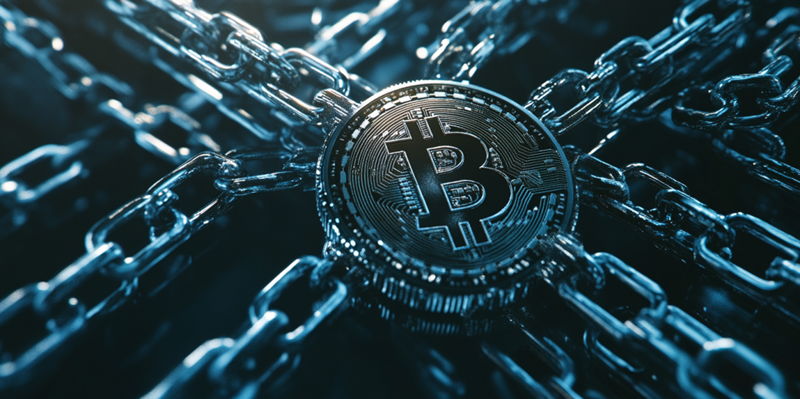On October 21, 2024, Transak, a leading crypto payment services provider, experienced a significant cybersecurity incident involving a data breach that affected over 92,000 users due to a sophisticated phishing attack on an employee’s laptop. The compromised data included personal information such as names, dates of birth, passport details, driver’s license information, and even selfies used for Know Your Customer (KYC) verification processes.
Despite the severity of the breach, no financially sensitive data like bank statements, social security numbers, credit card details, emails, or passwords were accessed. This information alleviates some immediate concerns about potential financial damage. Although the breach impacted 1.14% of Transak’s user base, the company’s CEO, Sami Start, emphasized that all funds remain secure due to their non-custodial operating model.
Swift Response from Transak
Transak responded to the breach promptly by engaging cybersecurity firms and forensic experts to investigate the incident comprehensively. The company’s actions included enhancing their security protocols and closely working with their KYC vendor to identify and shore up the vulnerabilities that were exploited. The employee involved in the incident has been terminated from the company, underscoring the severity of the breach.
Stormous, a well-known ransomware group, has claimed responsibility for the breach, alleging they have acquired over 300 gigabytes of user data. The group has threatened to leak or sell the remaining data if their demands are not met. However, Transak has firmly stated that negotiating with the ransomware group is not an option they are willing to consider.
Industry-Wide Implications
This incident sheds light on broader issues within the crypto industry, particularly third-party vendor vulnerabilities and the effectiveness of security practices against sophisticated cyber threats like phishing attacks targeting employees. It resonates with similar breaches in the finance sector, such as a recent attack on Fidelity Investments, which exposed the personal data of over 77,000 customers.
In an immediate response to the breach, Transak has committed to bolstering its security measures. These measures include enhanced employee training, software upgrades, and systemic improvements aimed at preventing future phishing and social engineering attacks. The company has also notified relevant data protection authorities in the UK, EU, and US about the breach, demonstrating a commitment to transparency and regulatory compliance.
A Wake-Up Call for the Crypto Community
The breach at Transak serves as a critical alert for the entire cryptocurrency community, underscoring the urgent need to enhance security measures to effectively safeguard user data. This incident has potential consequences for user trust and could potentially lead to stricter regulations within the cryptocurrency sector. The breach highlights the necessity for adaptive and resilient cybersecurity practices amidst an increasingly intricate threat landscape.
This incident at Transak not only draws attention to the crucial need for stringent security protocols but also emphasizes the importance of vigilant training within financial services, especially in the rapidly growing crypto industry. The manner in which Transak responds to this breach and the ensuing investigation will be closely scrutinized, reflecting broader trends and prevailing concerns within the industry. It is a wake-up call for all stakeholders to reassess their security frameworks and ensure they are equipped to fend off similar threats, ultimately fostering a more secure environment for users and their data.

